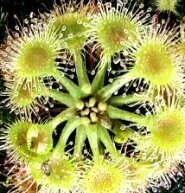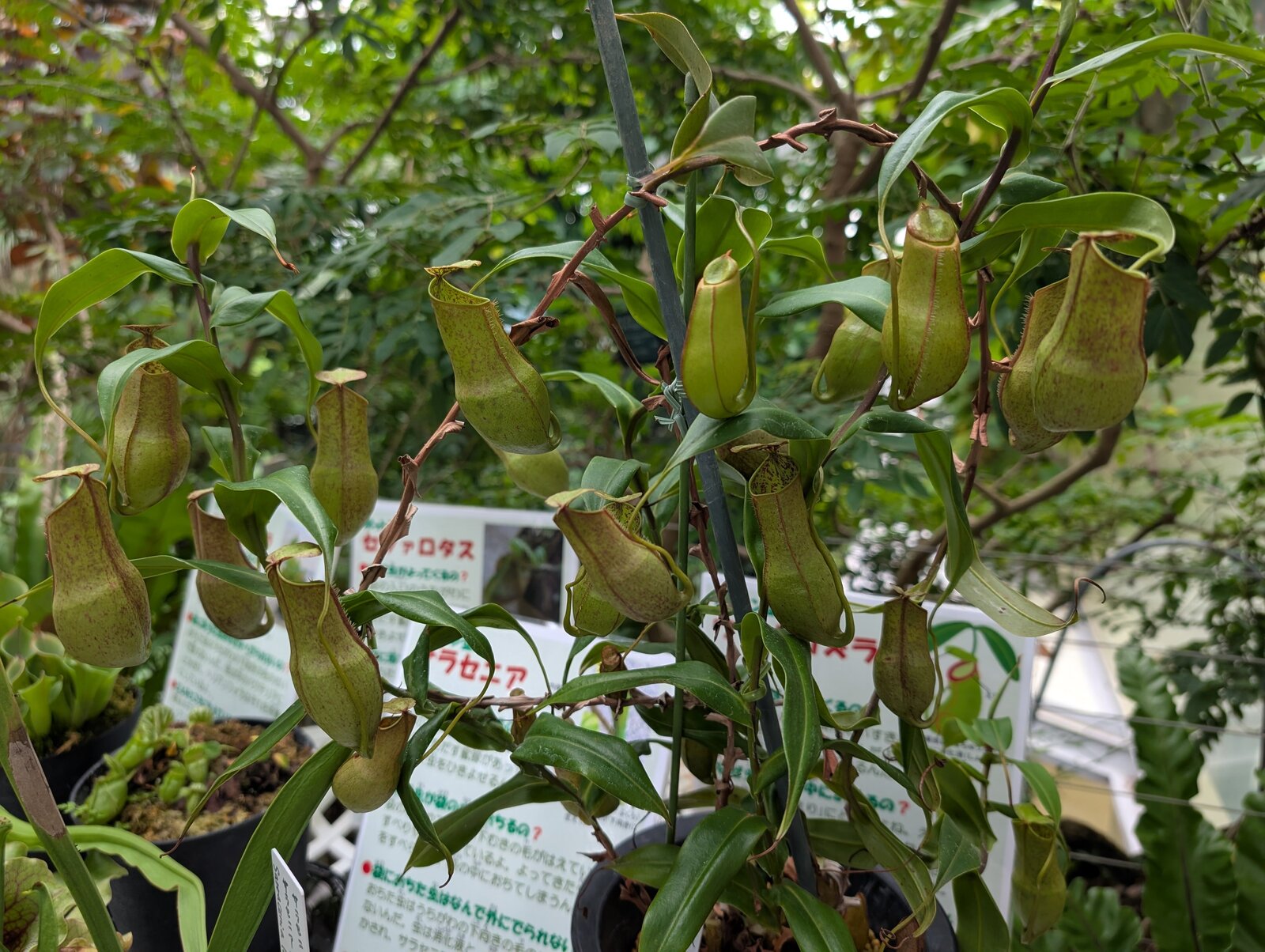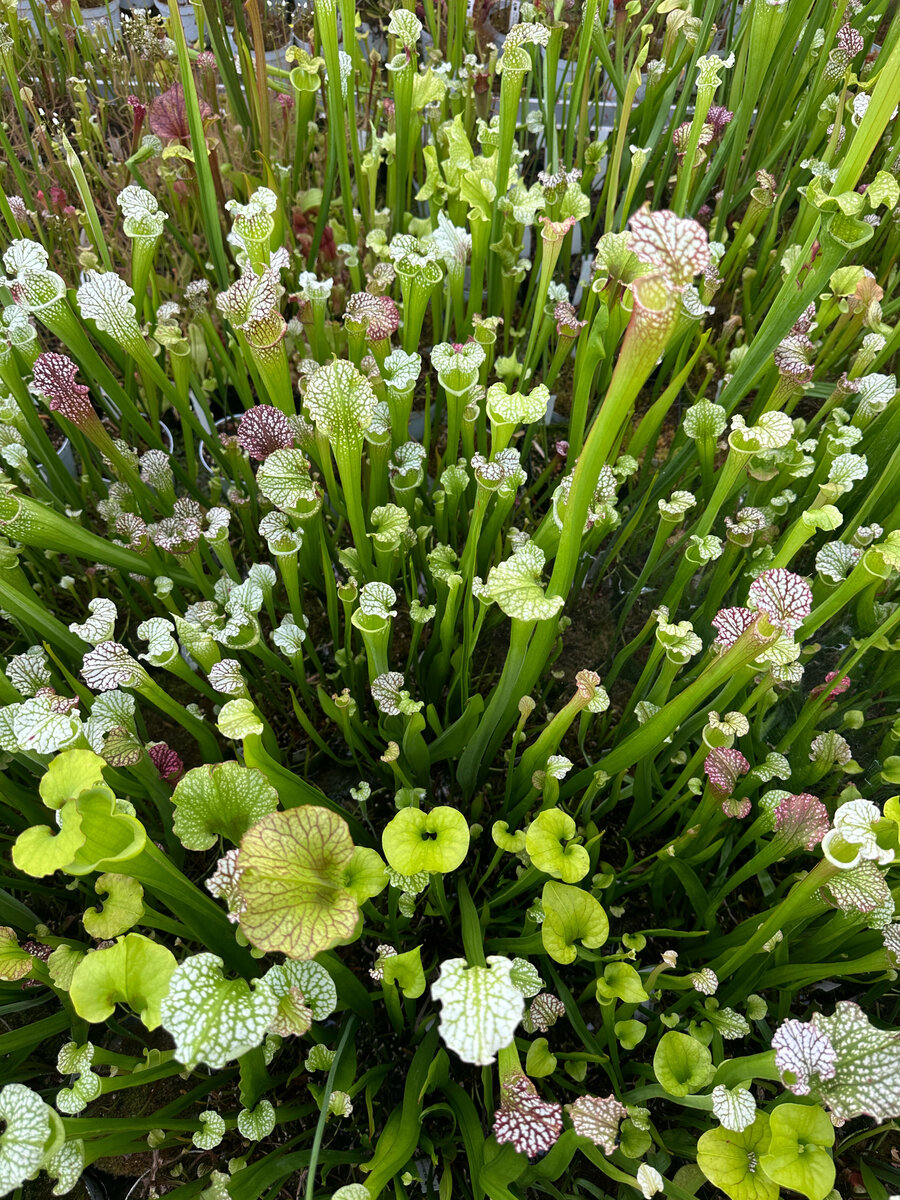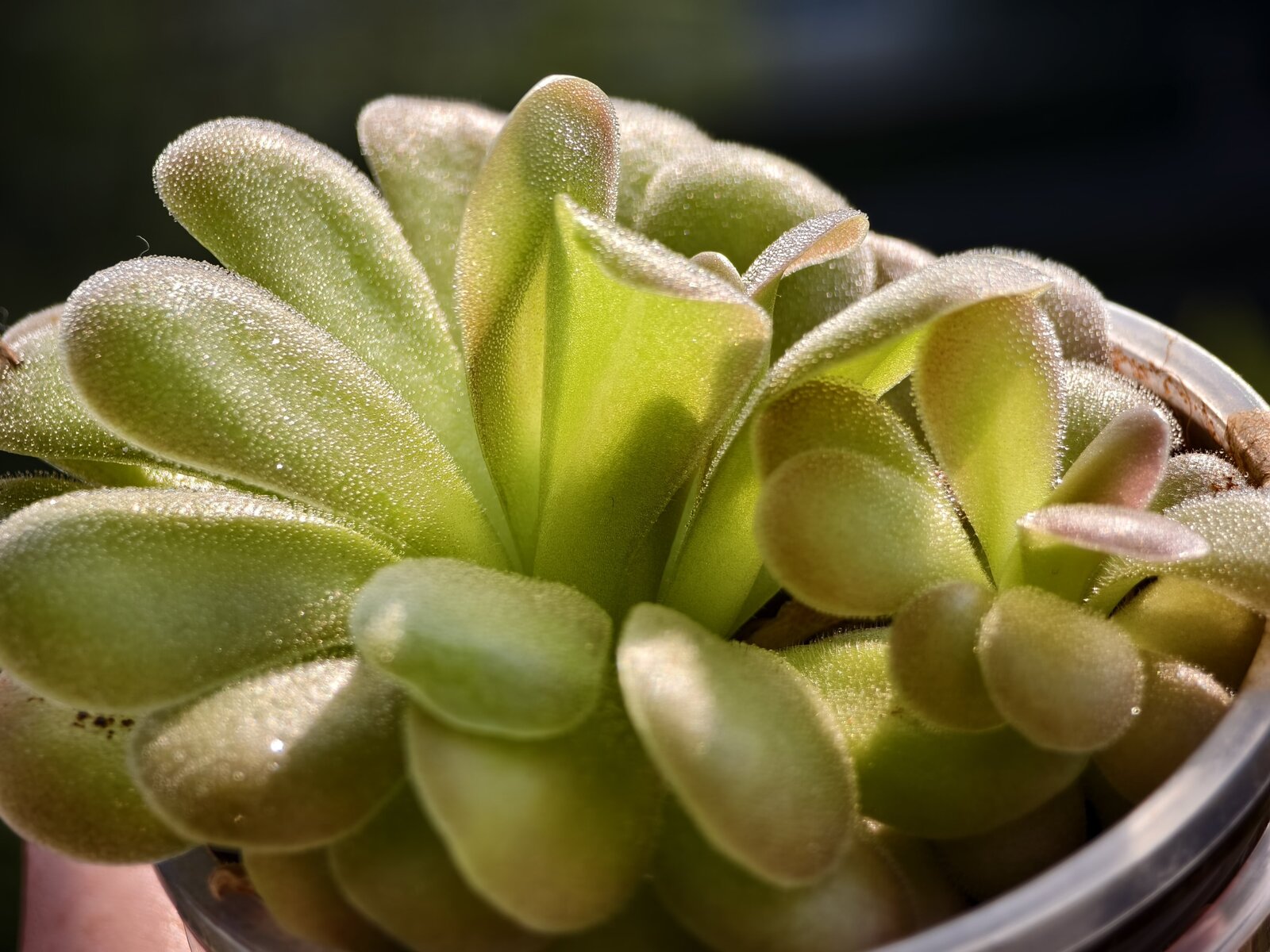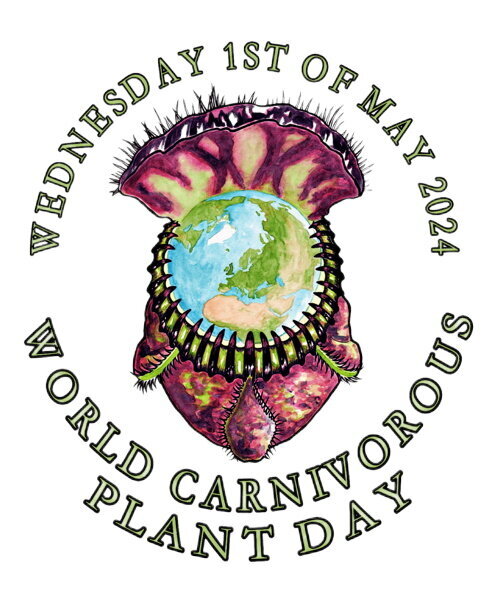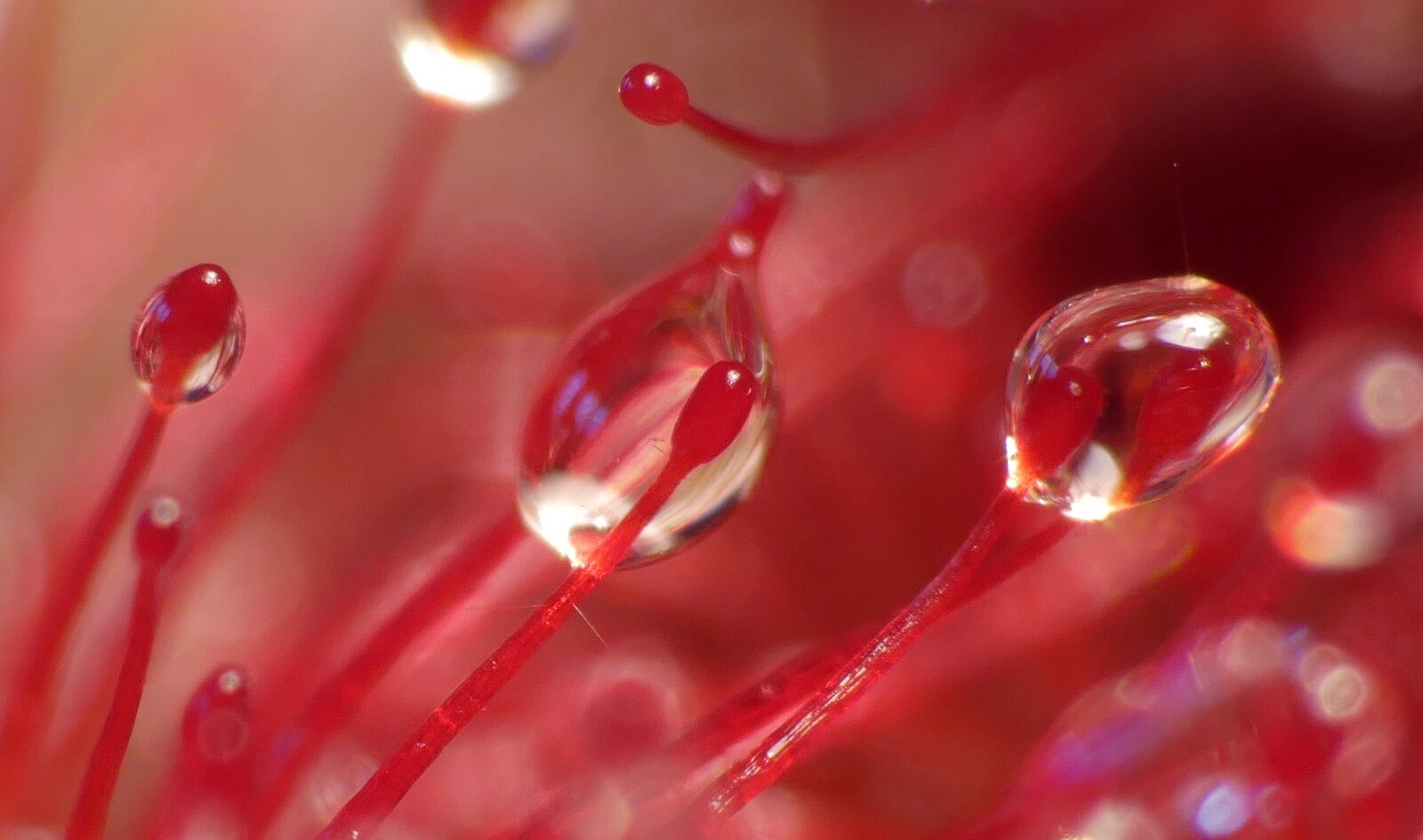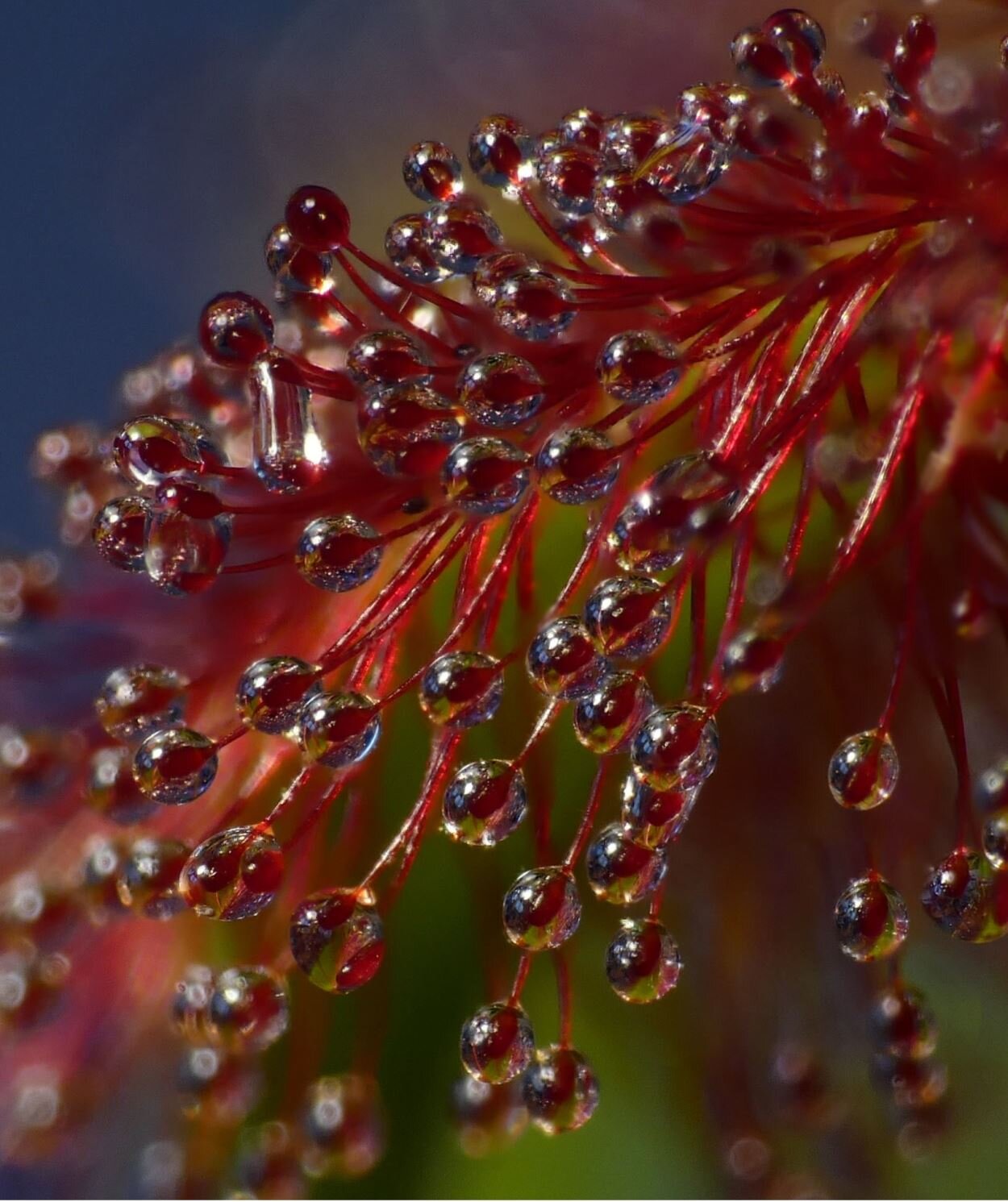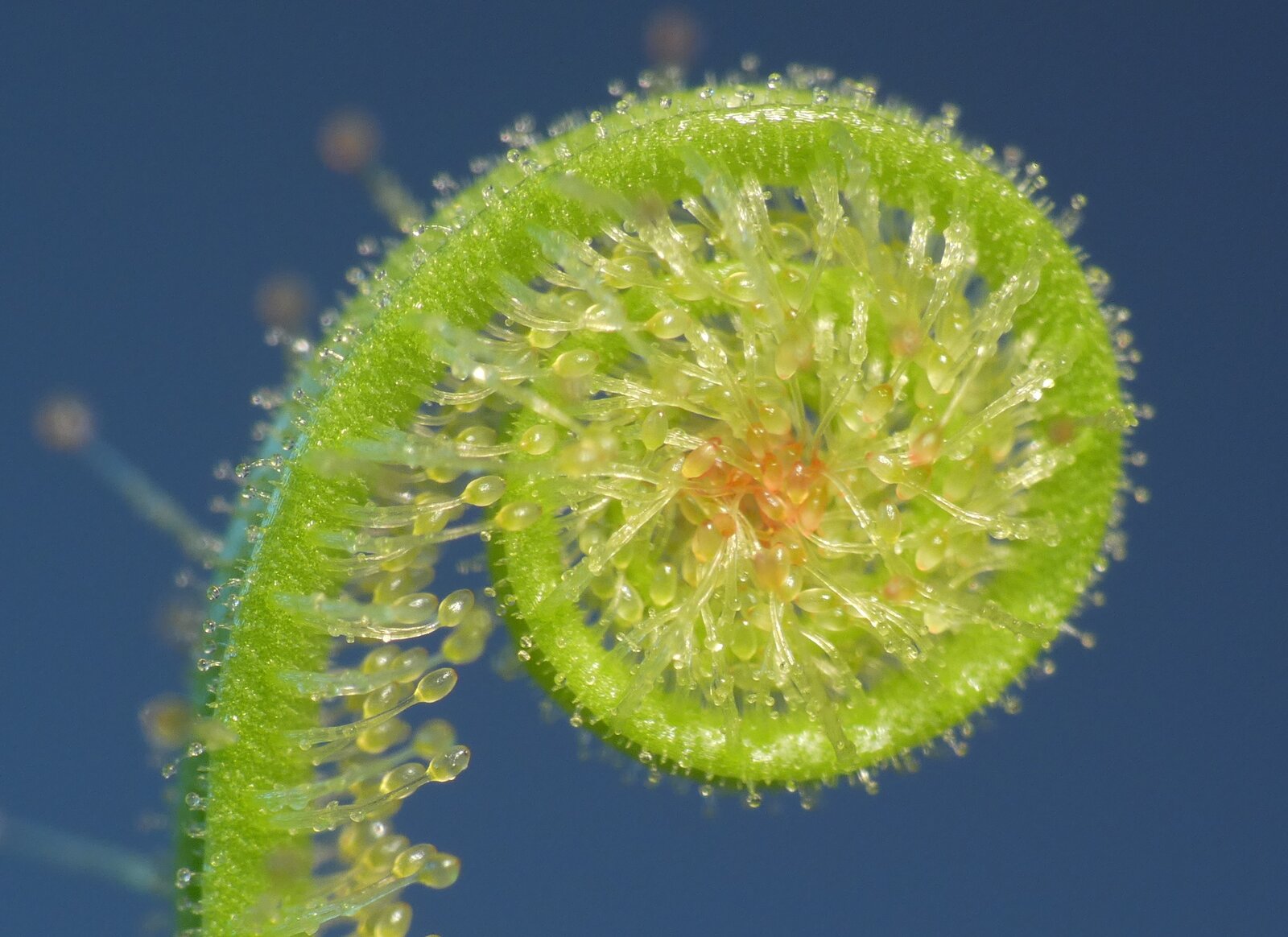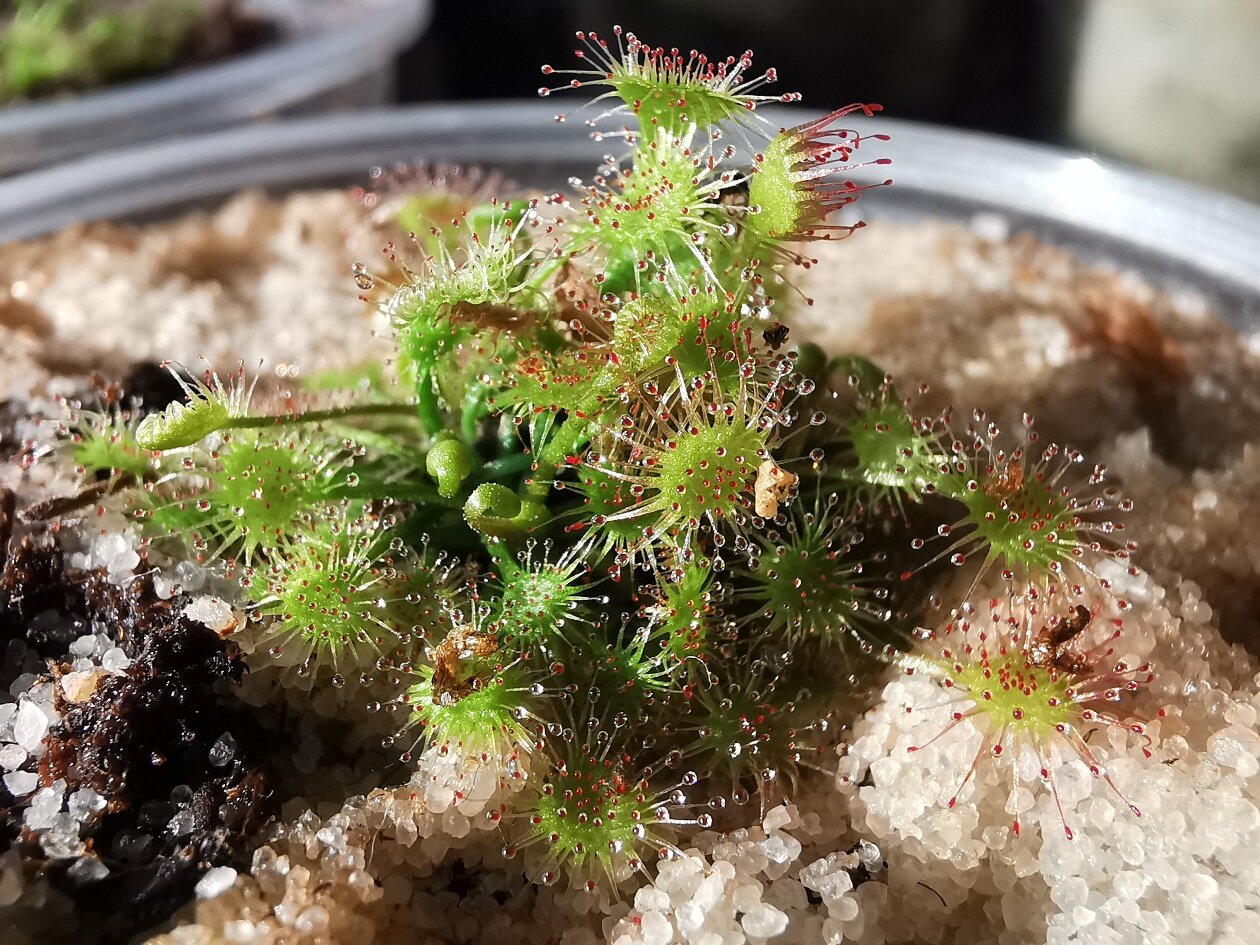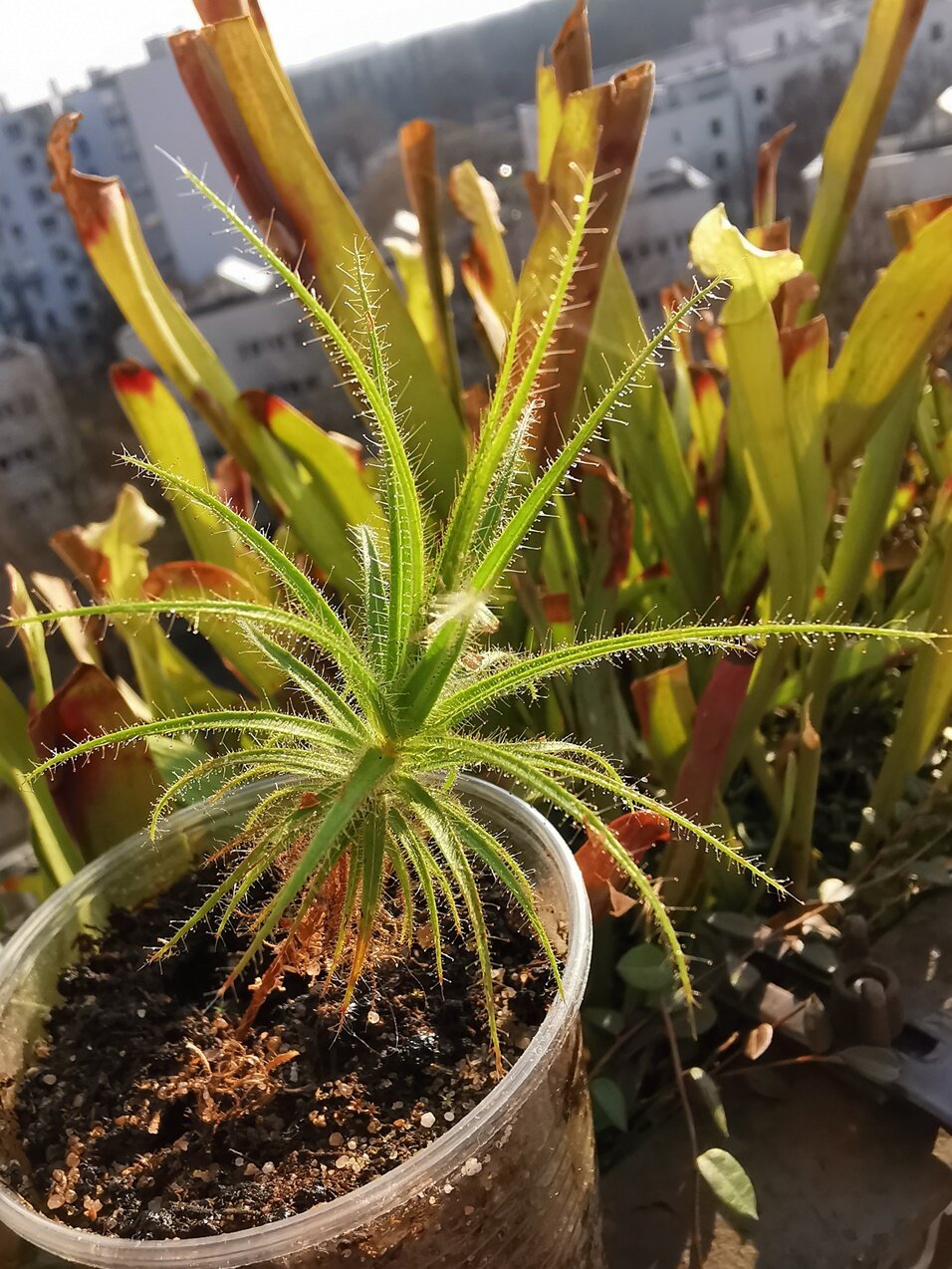-
Najnowsze tematy
-
Odpowiedzi
-
Przez Cephalotus · Napisano
Japonia to niezwykłe miejsce przyrodniczo i kulturowo. Zdecydowanie warte odwiedzenia. Ciężko jest jednak znaleźć dobry kontakt w Japonii w gronie roślin. Kilka razy próbowałem, ale te kontakty, jak większość w czasie się wykruszyły. Myślałem, żeby kiedyś odwiedzić ten kraj, ale dopiero, jak będę w stanie podróżować. Tą centralnie białą dracenę mam i bardzo lubię. Piękna roślinka. -
W planach jeszcze trzy kolejne ^^ Mam nadzieje, że będą się Wam podobać!
-
Dziękuję, za fotorelację. Ciekawe miejsce :).
-
Przedstawiam fotorelację z The Itabashi Botanical Garden, położonego przy 8-29-2 Takashimadaira, Itabashi, Tokio, Japonia. Możliwość zwiedzania tego ogrodu była jedną z atrakcji tegorocznej konferencji Japońskiego Stowarzyszenia Roślin Owadożernych. Sam ogród jest jednym z mniejszych i skromniejszych pod względem powierzchni, jednak niezwykle ciekawie zaprojektowany przestrzennie. Ścieżka zwiedzania przebiega na kilku poziomach, a towarzyszą jej naprawdę dorodne okazy roślin — w tym rośliny owadożerne. Najczęściej prezentowane były dzbaneczniki, a w mniejszym stopniu tłustosze, kapturnice oraz muchołówki. Pomimo niewielkich rozmiarów ogród ma wiele do zaoferowania i bardzo miło spędziłem tam czas. Dla osób zbierających pieczątki podczas podróży po Japonii warto wspomnieć, że w tym miejscu można zdobyć bardzo oryginalną pieczątkę przedstawiającą bukietnicę! ^^ W trakcie zwiedzania towarzyszył mi przyjaciel, a zarazem jeden z tłumaczy — Takaaki Kagawa (widoczny na pierwszym zdjęciu). Dzięki niemu mogłem aktywnie uczestniczyć w wspomnianej na początku konferencji. Polecam to miejsce dla wszystkim odwiedzającym ten przepiękny kraj Takaaki Kagawa: Ogród:
-
Przez Cephalotus · Napisano
Pędy kwiatowe obumierają naturalnie, nie jest to równoznaczne z chorowaniem. Jak estetyka przeszkadza, jak polecił kolega, warto obciąć.
-
-
-
Kto jest online? (Zobacz pełną listę)
- Brak zarejestrowanych użytkowników online
-
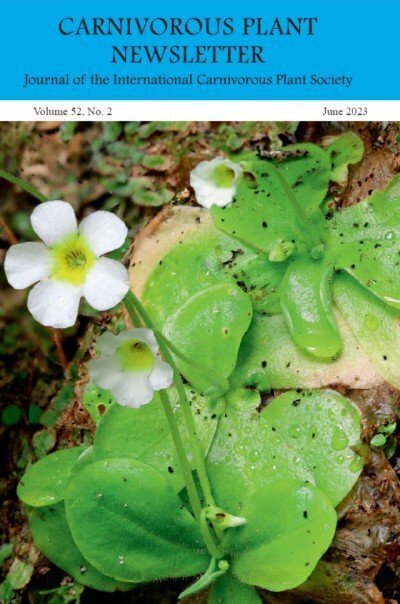 Nowy, czerwcowy Carnivorous Plants Newsletter.
Nowy, czerwcowy Carnivorous Plants Newsletter.
-
Portal NEWS
-
W numerze: Support the ICPS Conservation Fund — Carson Trexler Pinguicula lithophytica is not conspecific with Pinguicula jaraguana or a variety of Pinguicula jackii — Paul Temple and Ivan Pančo and Cristina M. Panfet Valdés and Yoannis Domínguez ICPS Roundtables — Kenny Coogan Carnivorous plants and conservation – the role of carnivorous plant enthusiasts — Andreas Fleischmann Education Corner: Carnivores in the Classroom update — Kenny Coogan New cultivars — Julien Müller and Evan Wang and Emmy Wang and Mark Rubnitz and Arlen Weng and Emanuele Melani and Lukas Mondoux and Michael Richard Sprouse and Fred Vosse and Mentaz Philippe and Guilherme Baião and Bruno Garcia
-
W numerze: Thomas Lawrence Mellichamp, “Dr. M” — Audrey Mellichamp and Paula Gross and Carson Trexler and Tom Diggs and Peter D’Amato Update of 13th ICPS Conference, Himeji, Japan — Koji Kondo Education Corner. 3rd Annual World Carnivorous Plant Day – 3 May 2023 — Kenny Coogan Nepenthes berbulu (Nepenthaceae), a pitcher plant from Peninsular Malaysia with remarkably long lid bristles — Hong L. Tan and Gideon Lim and François Sockhom Mey and Michal R. Golos and Andreas Wistuba and Stewart R. McPherson and Alastair S. Robinson Two new natural Sarracenia hybrids from the Gulf Coast — Carson Trexler The times they are a-changin’ — Marcel van den Broek Unexpected carnivorous plant discoveries on an adventure to Cape York — Boaz Ng New cultivars — Fred Vosse and Olivier Bres and Riley D. Duncan Źródło: International Carnivorous Plant Society | ICPS
-
W numerze: A new schedule of fees for ICPS starting February 2023 — Richard Nunn Observations on Cephalotus follicularis reproductive biology — John Brittnacher Proboscidea and Dicyphini: An example of spontaneous mutualism by a population of predatory bugs inhabiting a sticky plant — Siegfried R. H. Hartmeyer and Irmgard Hartmeyer The taxonomic relevance of Naphthoquinones in tropical pitcher plants (Nepenthes L., Nepenthaceae) — Jan Schlauer and Andreas Wistuba and Siegfried R. H. Hartmeyer and Irmgard Hartmeyer Microscopic features useful for identifying Utricularia native to the western USA, with an emphasis on the bladder quadrifid glands — Barry Rice Variation in Triantha occidentalis (S.Watson) R.R.Gates characteristics in California — Barry Rice Hunting the king – Drosera regia trip report — Hendré Barnard New cultivars — Mentaz Philippe and Emmy Wang and Evan Wang and Juan Camilo Páez Jiménez and Maribel Bohórquez Rodríguez and Aida Esther Jimenez and Nathan Thomas and Yang-Fang Ho
-
W numerze: Informational email from the ICPS — John Brittnacher A new Drosera hybrid: Drosera xbockowskii (Droseraceae) — Bill Scholl An account of the antennae-flowered Utricularia of northern Australia — Richard Nunn Grow Genlisea so you can see the traps — John Brittnacher Deli display case converted into a carnivorous plant highland chamber — James Falconio Education Corner — Kenny Coogan An interview with Margaret Cho — Kenny Coogan New cultivars — Sunya Nuanlaong and Milan Del Buono and Howard Bramble and Pietro Falchi and Laurens Eggen and Mike Howlett and Andrés Rodrigo Caldas Enriquez Names of carnivorous plant cultivars registered in 2021 — Jan Schlauer
-
W numerze: The 13th ICPS Conference—Japan — Koji Kondo (Info | PDF) Morphometry of shoots and flowers of Utricularia minor at a large site in the Czech Republic — Lubomír Adamec and Andrea Kučerová (Abstract | PDF) Drosera filiformis Raf. var. floridana Rice forma albiflora J.Ksepka f. nov — Jason Ksepka (Abstract | PDF) Forked leafed Drosera tracyi — Bill Scholl (Abstract | PDF) Purple bladderworts in Quebec: Rediscovering an unusual growth strategy — Douglas W. Darnowski (Summary | PDF) Field notes on Triantha occidentalis subsp. brevistyla (C.L.Hitchc.) Packer in Washington, USA — Barry A. Rice (Info | PDF) Captivated: The Allure of Carnivorous Plants A non-profit documentary film — Jonathan S. Kui (Info | PDF) New cultivars — Giacomo Mehle and Craig Heath and Kirk Simpson and Frank Obregon and Robert Co and Daniele Righetti (Abstract | PDF)
-
-
FAQ - odpowiedzi dla początkujących

-
Galeria użytkowników
-
Albumy
-
The Itabashi Botanical Garden
- Przez Iglacy,
- 0
- 0
- 29
-
Spotkanie z Andrea Fontaną 2025r.
- Przez Iglacy,
- 0
- 0
- 30
-
MarcinS
- Przez MarcinS,
- 2
- 1
- 315
-
Międzynarodowy Dzień Roślin Owadożernych
- Przez Iglacy,
- 0
- 0
- 11
-
-
Polecana zawartość
-

Rośliny MarcinaS
MarcinS dodał temat w Zdjęcia i filmy hodowców.,
Zakładam nowy temat, żeby się trochę pochwalić swoimi roślinami. Wcześniej wrzucałem zdjęcia w temacie o diodach (link), ale uznałem, że w ten sposób za bardzo się zaśmieca i coraz mniej traktuje o diodach.
Na początek tzw. false vivipary, czy roślina tworząca się na szczycie pędu kwiatostanowego.
Bardziej normalne muchołówki:
Tłustoszowa gęstwina:-
- 159 odpowiedzi
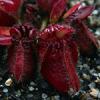
Wybrany przez
Cephalotus, -
-
-
ICPS Web Ring
Carnivorous Plant Web Ring <-- Poprzednia strona Następna strona--> International Carnivorous Plant Society


